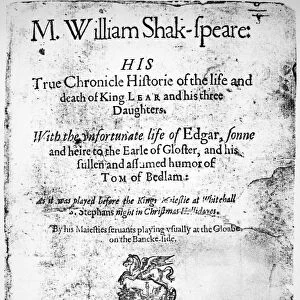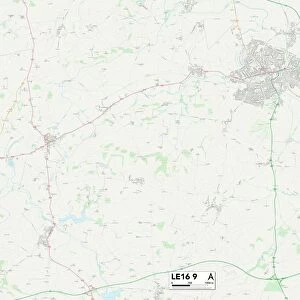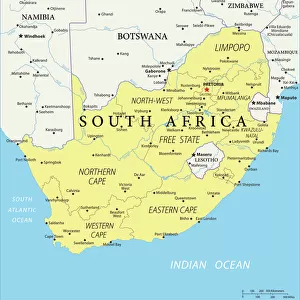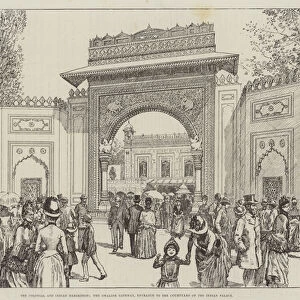Re-Cutting the Koh-I-Noor Diamond
![]()

Wall Art and Photo Gifts from Mary Evans Picture Library
Re-Cutting the Koh-I-Noor Diamond
The Duke of Wellington cuts the first facet during the re-cutting of the Koh-i-Noor diamond. It had been exhibited at the Great Exhibition in 1851, but was discovered to be not quite perfect. The re-cutting operation was supervised by Prince Albert, with the technical expertise of Professor James Tennant
Mary Evans Picture Library makes available wonderful images created for people to enjoy over the centuries
Media ID 4448635
© Mary Evans Picture Library 2015 - https://copyrighthub.org/s0/hub1/creation/maryevans/MaryEvansPictureID/10411182
Cutting Diamond Noor Tennant Wellington
EDITORS COMMENTS
In this historic photograph, the Duke of Wellington, Arthur Wellesley (1852-1852), makes the first incision in the revered Koh-i-Noor Diamond during its re-cutting process. The diamond, renowned for its size and brilliance, had been showcased at the Great Exhibition in 1851. However, upon closer examination, it was discovered that the diamond, which had been passed down through various rulers of the Mughal Empire and the British Monarchy, was not quite perfect. The re-cutting operation, which took place in 1852, was overseen by Prince Albert, the consort of Queen Victoria, and the technical expertise was provided by Professor James Tennant, a renowned diamond expert. The diamond was cut and polished to enhance its natural beauty and symmetry, resulting in a final weight of 105.6 carats. The Koh-i-Noor Diamond, meaning "Mountain of Light," has a rich and complex history. It is believed to have been discovered in the Golconda mines in India in the 14th century and has been owned by various rulers, including the Mughal Emperor Shah Jahan, the Persian King Nadir Shah, and the British Monarchy. The diamond was passed down through the British Royal Family until it was given to Queen Elizabeth II in 1947. This photograph captures a significant moment in the history of the Koh-i-Noor Diamond, as it undergoes a transformation to reveal its full potential, showcasing the intricate process behind the creation of one of the world's most famous diamonds.
MADE IN THE USA
Safe Shipping with 30 Day Money Back Guarantee
FREE PERSONALISATION*
We are proud to offer a range of customisation features including Personalised Captions, Color Filters and Picture Zoom Tools
SECURE PAYMENTS
We happily accept a wide range of payment options so you can pay for the things you need in the way that is most convenient for you
* Options may vary by product and licensing agreement. Zoomed Pictures can be adjusted in the Cart.






